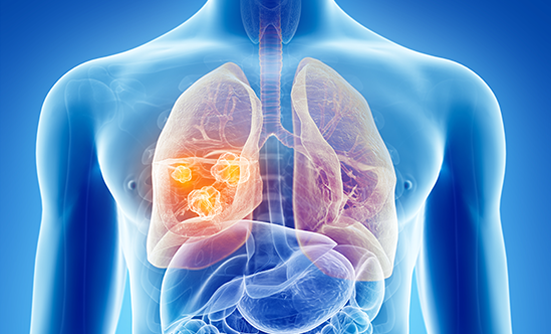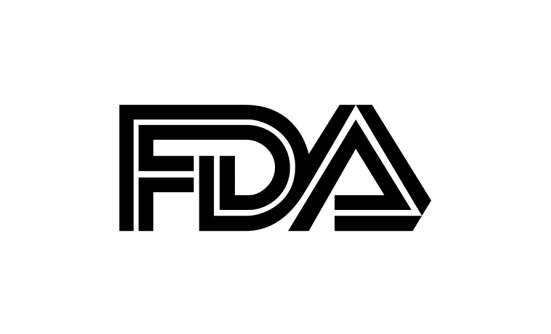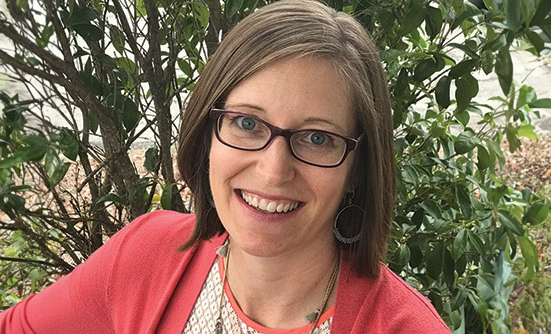Prevention is an integral part of life. Children are taught to wear helmets and seatbelts to prevent injury. Adults lock their doors and create passwords to avoid theft. Medicine relies heavily on prevention through immunization and blood or other types of testing. So, because lung cancer causes more deaths than any other type of cancer, taking steps to prevent this deadly disease should be a “no-brainer.”
In 2016, more than 158,000 Americans died from lung cancer. In addition, only 18% of patients with lung cancer survive for 5 years or more–the lowest survival rate among the other common cancers; for example, 99% of men with prostate cancer survive for 5 years or more, as do 90% of patients with breast cancer. Part of the reason for this low survival rate is that lung cancer is often diagnosed at a late stage, or after the cancer has spread, when even the best available therapies can no longer cure it.
Although there is no absolute way to prevent lung cancer, the strategies discussed below can significantly reduce the risk for having lung cancer, or ensure that the cancer will be detected early, which greatly improves the chance for a long survival.
1. Quit Smoking
Cigarette smoking is the number one risk factor for having lung cancer, and is linked to the majority—80% to 90%—of lung cancers. The risk increases with the number of cigarettes smoked each day, and the number of years spent smoking. People who smoke are 20 times more at risk of lung cancer than nonsmokers. That also means that quitting at any age can significantly lower the risk for cancer.
To quit smoking successfully, the Centers for Disease Control and Prevention recommends developing a quit plan, which includes figuring out smoking triggers and identifying free resources that can help to quit. The National Tobacco Cessation Collaborative offers a free guide, called “What Works? A Guide to Quit Smoking Methods” (see the Patient Resources box). Check these resources to find out what may help you. Some medications and therapies may also aid in smoking cessation, so ask your doctor or your nurse about these options.
2. Avoid Secondhand Smoking
Each year, about 7,300 Americans who never smoked die from lung cancer because of exposure to secondhand smoking, by being near or living with someone who smokes. In fact, 40% of adults and 50% of children are exposed to secondhand smoking in the United States, according to the Centers for Disease Control and Prevention. The risk for lung cancer increases by 20% for nonsmokers who are exposed to secondhand smoking.
So avoid being near people who smoke, or better yet, help them stop smoking.
3. Test the Radon Level in Your Home
Radon is a natural gas that gets trapped in houses and buildings, eventually becoming part of the air you breathe. Radon causes about 20,000 cases of lung cancer annually in the United States, and is the second leading cause of lung cancer.
Experts believe that 1 of every 15 homes in the United States has high radon levels, so it is recommended to test your home for radon. Radon-testing kits are available at home improvement stores, and remedies are available for homes with unsafe radon levels.
4. Avoid Exposure to Asbestos, Other Carcinogens
Certain substances found in some workplaces increase the risk for lung cancer, especially for smokers. These substances include asbestos, arsenic, diesel exhaust, nickel, and chromium. Avoid these substances when possible, and if exposure cannot be avoided because of the type of your work, be sure to take the necessary precautions to protect your lungs.
5. Get Screened for Lung Cancer If You Smoke
People who are at high risk for lung cancer, including all people who smoke, should have a screening test yearly. The recommended screening test for lung cancer is a CT scan, not a regular x-ray. This test uses an x-ray machine that is combined with low doses of radiation to scan the lungs.
People at high risk are those who have smoked heavily—30 years of smoking at least 1 pack a day—or those who currently smoke or have just quit within the past 15 years, and are between ages 55 and 80.
For heavy smokers, lung cancer screening is vital. The most important study about lung cancer screening, the National Lung Screening Trial, showed a 20% reduction in death from lung cancer among heavy smokers who had an annual CT scan for 3 years versus those who had a chest x-ray.
6. Consider Genetic Testing
Some genetic abnormalities (mutations or rearrangements) can increase the risk for lung cancer. The main genetic changes known today that are associated with lung cancer are EGFR and ALK mutations, as well as KRAS and ROS-1 mutations. According to the National Cancer Institute, EGFR and KRAS are genetic mutations that are involved in about 50% of cases of lung cancer.
One rare genetic mutation that involves nonsmokers and greatly increases the risk for lung cancer is the EGFR T790M mutation. Although this mutation is only involved in 1% of lung cancer cases, it increases the risk for lung cancer by 31% in nonsmokers.
New therapies today are being developed to target lung cancer with a specific genetic alteration. Several therapies have already been approved by the FDA for lung cancer that involves one of those genetic changes. Before a doctor can prescribe the majority of those drugs, the patient first must be tested to see if the lung cancer is associated with one of those genetic alterations.
Keep in mind that not all people with genetic mutations will have lung cancer. However, in patients with a personal or a family history of a known genetic mutation or a lung cancer related to a genetic mutation, undergoing genetic testing is highly recommended.














